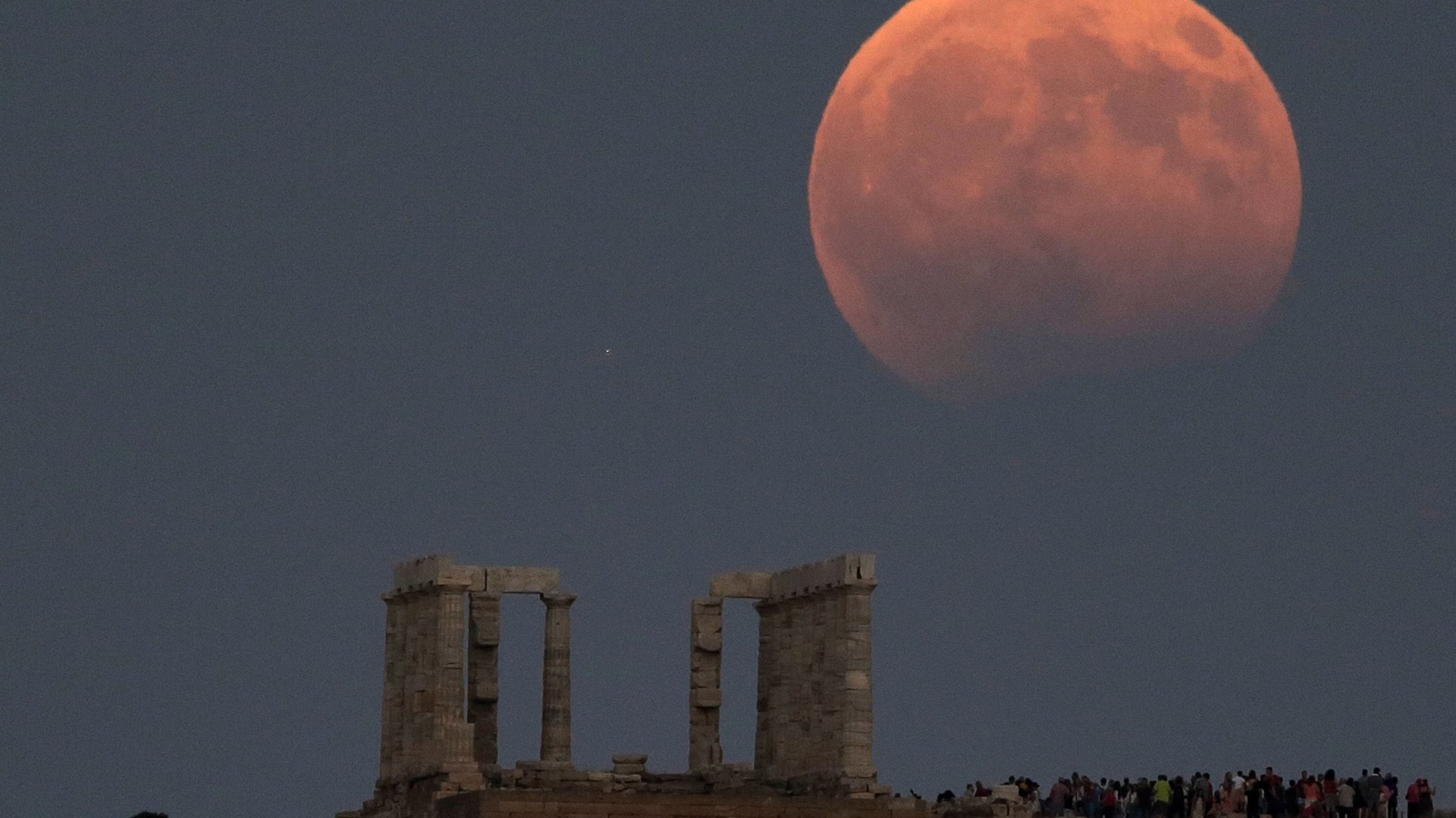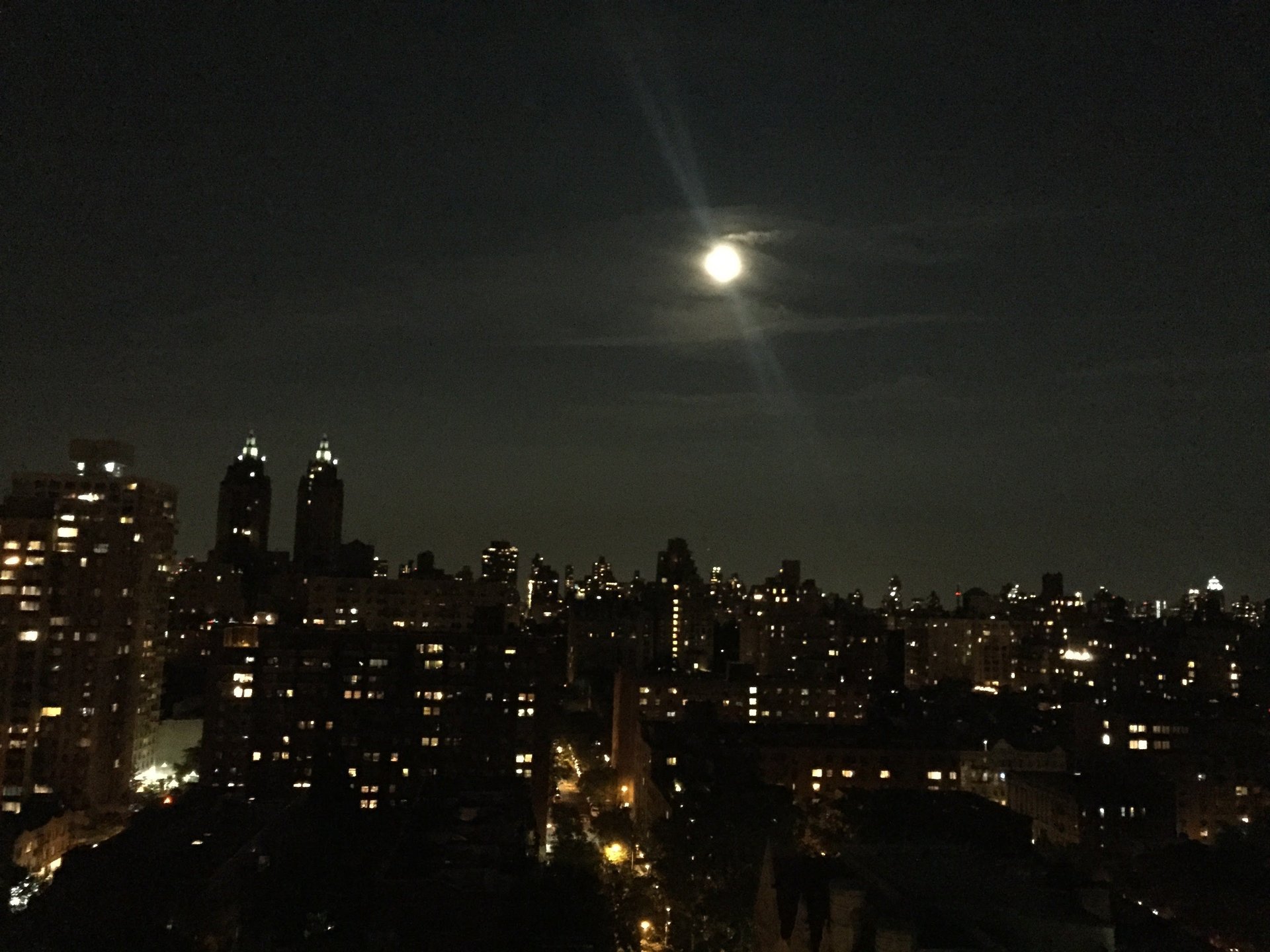Don’t bother taking lunar eclipse photos with your phone
The other night I went to a great outdoor concert and found myself wedged behind one of the most egregious concert photo takers I’d ever seen. He had taken several 30-second-long videos on his phone, more pictures on a separate digital point-and-shoot camera, and (my jaw dropped in astonishment) a third camera, which took instant photos. Judging by his multiple attempts and the constant readjustments of his camera, my fellow concertgoer didn’t get many photos he was happy with. Worse, he spent a huge portion of the show tinkering with his settings and reviewing his pictures.


The other night I went to a great outdoor concert and found myself wedged behind one of the most egregious concert photo takers I’d ever seen. He had taken several 30-second-long videos on his phone, more pictures on a separate digital point-and-shoot camera, and (my jaw dropped in astonishment) a third camera, which took instant photos. Judging by his multiple attempts and the constant readjustments of his camera, my fellow concertgoer didn’t get many photos he was happy with. Worse, he spent a huge portion of the show tinkering with his settings and reviewing his pictures.
I bring this up because we have another hour-plus spectacle around the corner: the much-anticipated lunar eclipse that will take place on Friday (July 27). I am here to tell you that if you’re looking to take a memorable photo of the great celestial dance, please don’t. Don’t bother. Save yourself the technical tinkering and just enjoy the damn moon.
From a technical point of view, phones simply aren’t capable of producing great images from these situations. Sunsets are easy to capture, because it’s bright and your phone is taking in an entire scene. For lunar pictures, however, your phone is trying to properly expose a predominantly dark situation while trying to simultaneously capture a small point of light. What results is usually a still dark image with a vastly over-exposed moon.
I asked some of my Quartz colleagues to share their terrible phone photos of the moon as a warning to us all.



What do these pictures have in common? The images are grainy and shaky, caused by the phone shooting at a high ISO with a slow shutter speed. The ISO is a measure of the camera’s sensitivity to light. Higher ISOs allow cameras to make pictures in darker conditions, but with a loss of detail and clarity. Slower shutter speeds let in more light during an exposure, but unless you stabilize your camera, they’ll also produce shaky images.
Most phones are only equipped with a single lens, and usually a very wide one at that. To get an image with detail, you’ll be utilizing the phone’s digital zoom, which is no zoom at all, but in essence just cropping your photo before you take it. There’s no TV crime drama digital “enhancing” going on. Some phones—like the iPhone X—feature a second telephoto lens that allows for real optical zoom, but even that doesn’t have enough reach to make a difference in a subject as far away as the moon.
So what are you to do? If you absolutely must capture a sharp, crisp photo with your phone, I’m sure there are some stellar mini tripods and external telephoto lenses that will help frame the moon in an interesting way. If you want to spend some money, have at it.
So go ahead and take a photo. It doesn’t have to be a good one; just something to jog your memory of how the sky looked like that night. But then, whether its good or not, slip your phone back into your pocket and just stare at the sky for a bit. I promise it’s going to look a lot better.